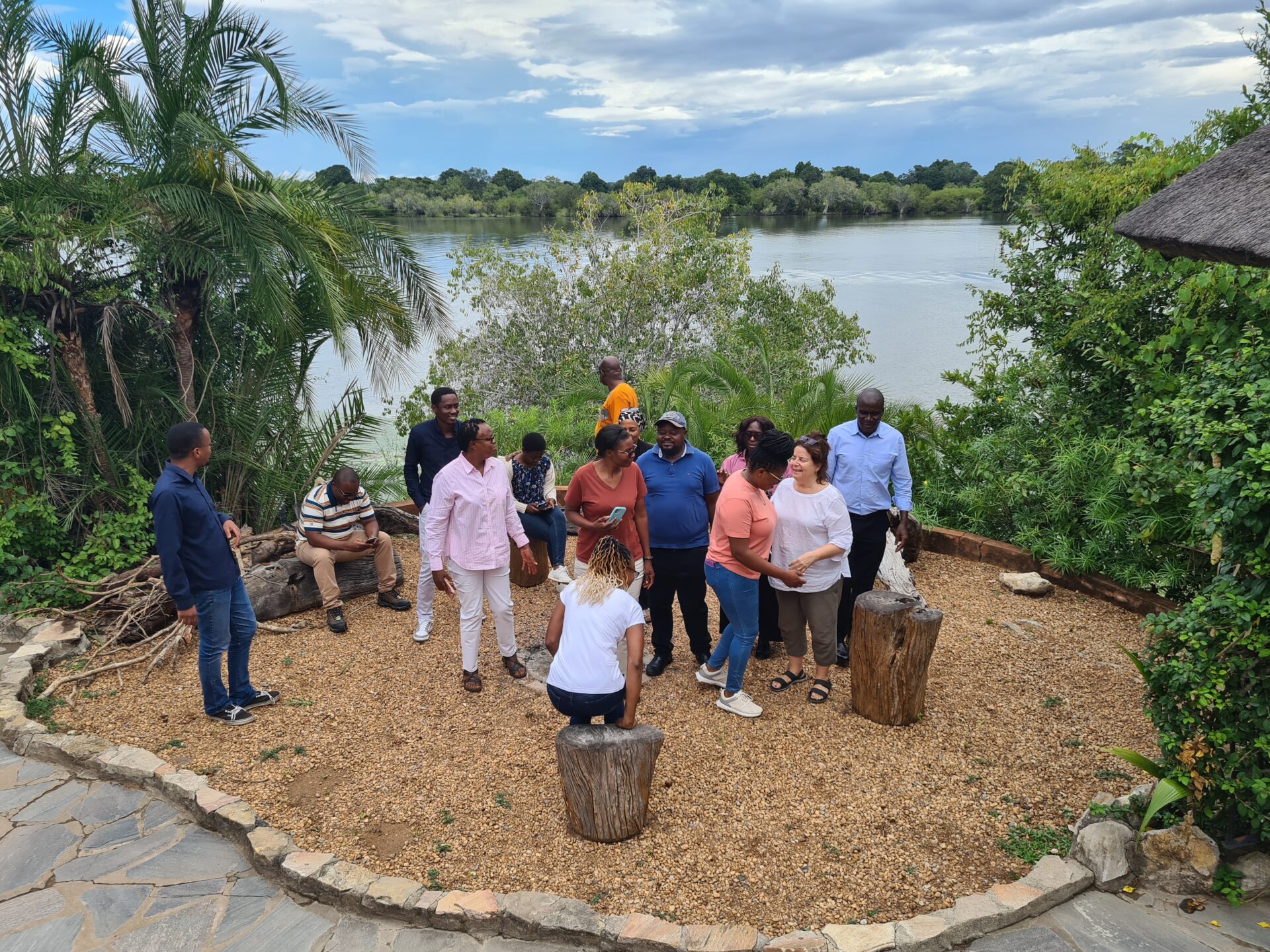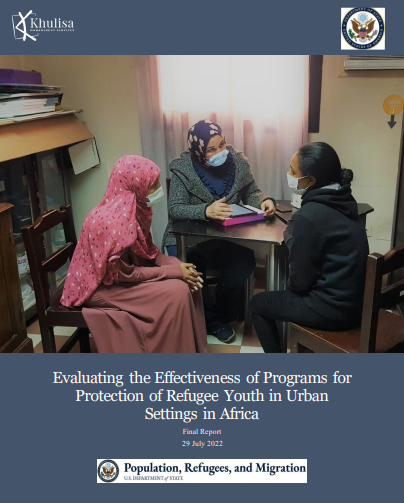We are in week five of our series on Cognitive Biases and why evaluators need to be aware of them. This week we will look at a subset of confirmation bias known as the Backfire Effect.
Have you ever had a meeting with a client where you present the findings that perhaps show their project is not achieving the results they aimed for, and instead of accepting your findings the client begins to defend their project? In fact, the data you present causes them to justify more and more how the project is successful?
That is what is called the Backfire Effect. The Backfire Effect is
“a cognitive bias that causes people who encounter evidence that challenges their beliefs to reject that evidence, and to strengthen their support of their original stance”.1
In other words:
“providing more evidence in an effort to change someone’s belief often made them less likely to believe it.” 2
As Maria Popova wrote, it can be so uncomfortable to feel like we were wrong about something that we often go to great lengths to disguise that fact. We pay less attention to the information and more to our own beliefs – a form of confirmation bias. Evidence has shown the Backfire Effect during election, where voters are presented negative information about a political candidate that causes them to support and defend the candidate all the more3. Evaluators need to be aware of this bias when engaging with clients and other stakeholders around their findings.
Just knowing about the Backfire Effect can help protect the evaluator and the evaluation stakeholders. The second way to combat it is to think carefully about how to present the evaluation evidence, and present the most important evidence first. If the evidence is overwhelming and presented simultaneously, none of it may be perceived as credible. Thirdly, it helps stakeholders to digest information if the evidence is provided in clear graphics using data visualization techniques. Graphics are easier to digest and retain than long drawn out narratives.
Finally, at Khulisa, we strive to involve stakeholders throughout our evaluation process to build both trust and credibility of the evaluation. This contributes to the empowering the evaluand (those who are being evaluated) the client and other stakeholders to engage with the evaluation process and the mechanics of the evaluation (the theory of change, the data collection plans and tools, analysis plans, etc.). We often hold stakeholder workshops as we begin preparing our evaluations so that clients and other key stakeholders have the opportunity to validate the findings and surface recommendations. This collaborative method minimizes potential defenses such as the Backfire Effect and contributes to utilization of the results and ownership of the recommendations.
1. The Backfire Effect: Why Facts Don’t Always Change Minds accessed from https://effectiviology.com/backfire-effect-facts-dont-change-minds/ on 08/03/2021.
2. Hartmann, B. “4 Ways to Avoid The Backfire Effect and Increase Your Influence” published on Medium on 29 May 2020 accessed from https://medium.com/@bradleyhartmann/4-ways-to-avoid-the-backfire-effect-and-increase-your-influence-dbd6653ff246 on 09/03/2021
3. Popova M., The Backfire Effect: The Psychology of Why We Have a Hard Time Changing Our Minds accessed from https://www.brainpickings.org/2014/05/13/backfire-effect-mcraney/ on 08/03/2021



